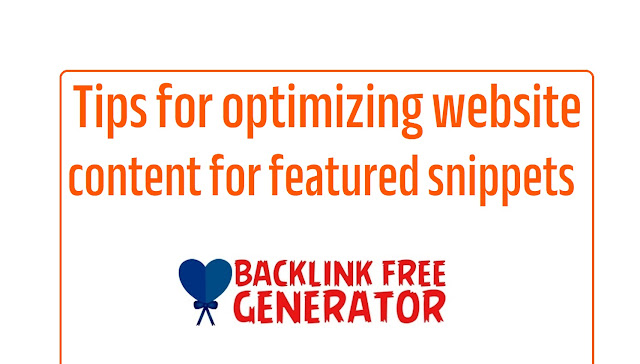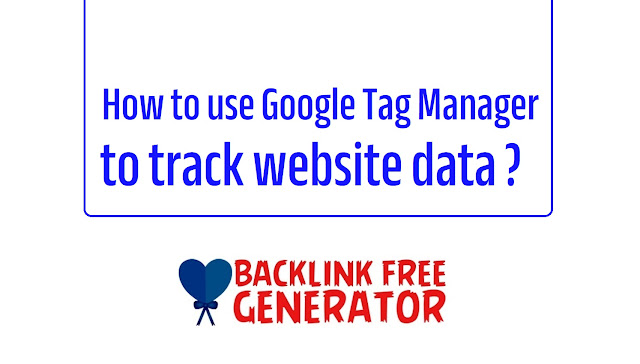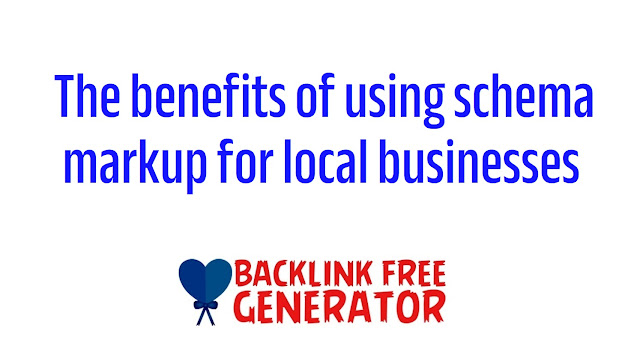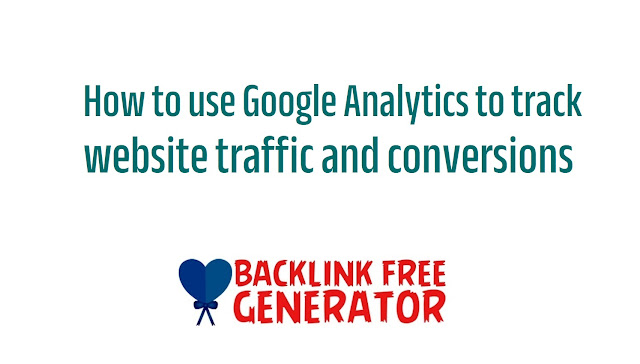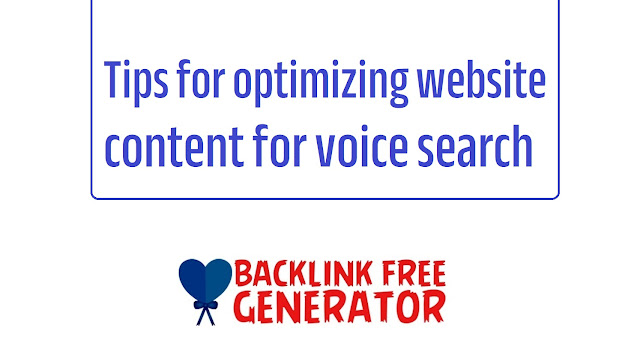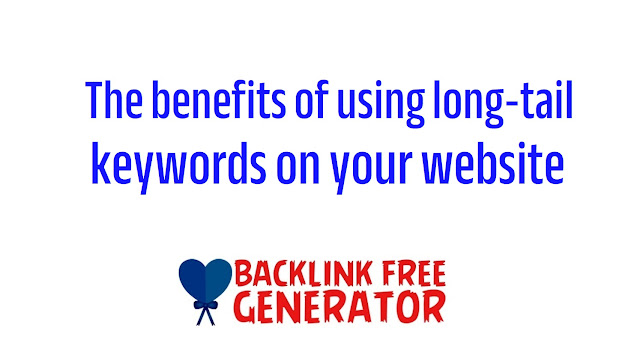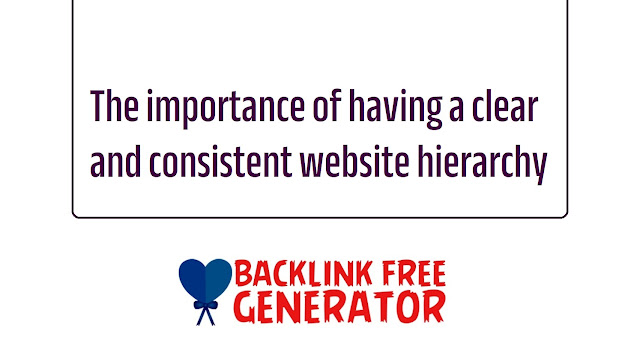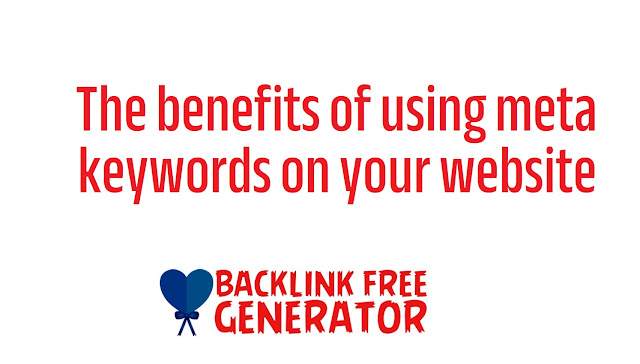Here are some tips for optimizing images and videos for your website:
- Use appropriate file types: For images, use JPEG, PNG, or GIF (if animation is needed) as these formats are more web-friendly and will have smaller file sizes. For videos, use MP4 as this is a widely supported format.
- Compress images: Use tools to reduce the file size of images without sacrificing quality. This will make them load faster on the website.
- Properly size images: Make sure images are the appropriate size for the space they will be displayed in on the website. Resizing images using HTML or CSS can slow down page loading times.
- Use descriptive, keyword-rich file names: Use meaningful and descriptive file names for images and videos that include relevant keywords for better SEO and accessibility.
- Use alt text: Use alt text for images to provide a text description for search engines and users who may have difficulty viewing images.
- Optimize videos: Videos can slow down page loading times, so it is important to use a video hosting platform such as YouTube or Vimeo to host videos. Use a video sitemap to make sure videos are indexed by search engines and use closed captioning for accessibility
- Use webp for images: WebP is a new image format that provides superior lossless and lossy compression for images on the web. WebP lossless images are 26% smaller in size compared to PNGs and 25-34% smaller than JPEGs.
- Use lazy loading: Lazy loading is a technique used to load only the images and videos that are currently visible on the user's screen while they scroll the page. This can make your page load faster.

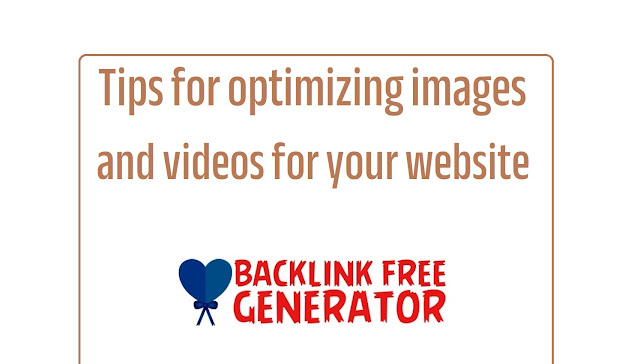
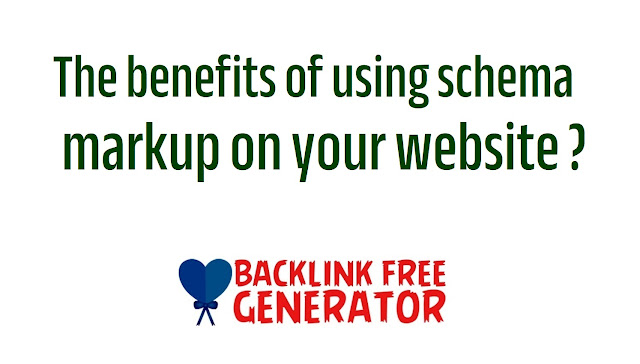

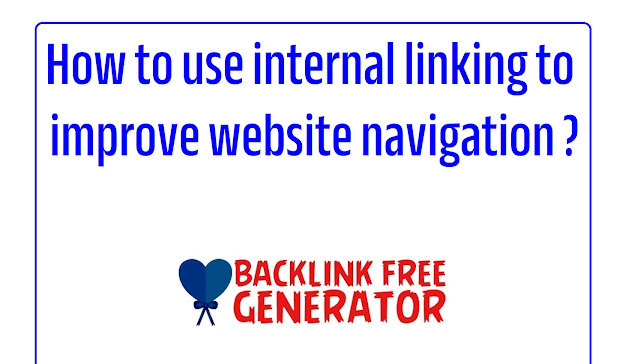
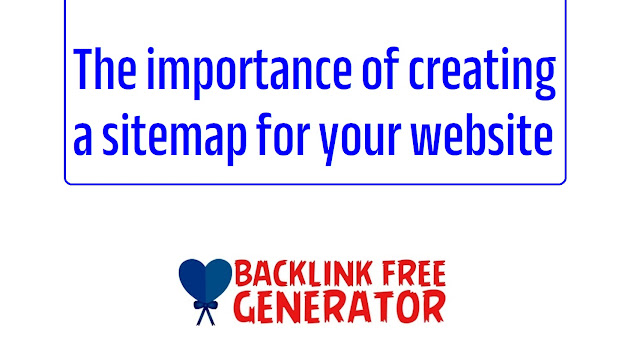
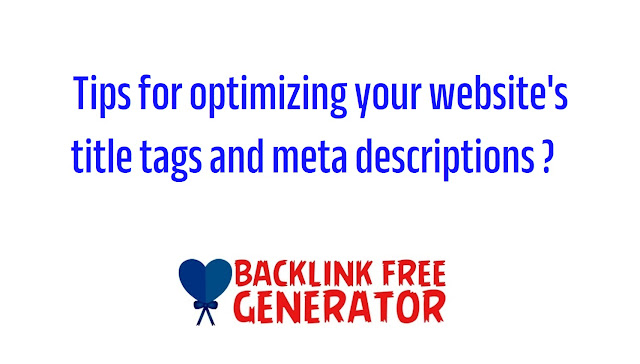
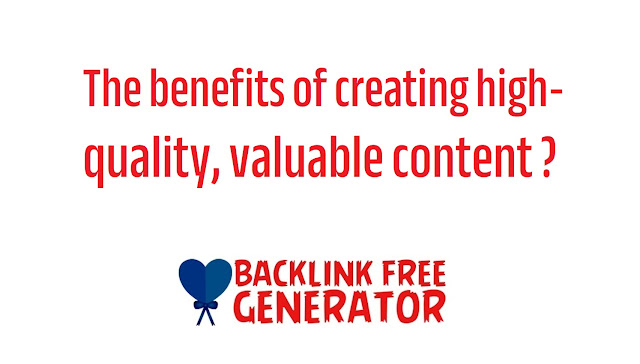
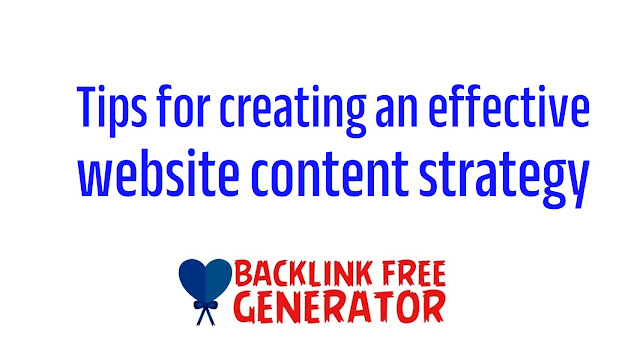
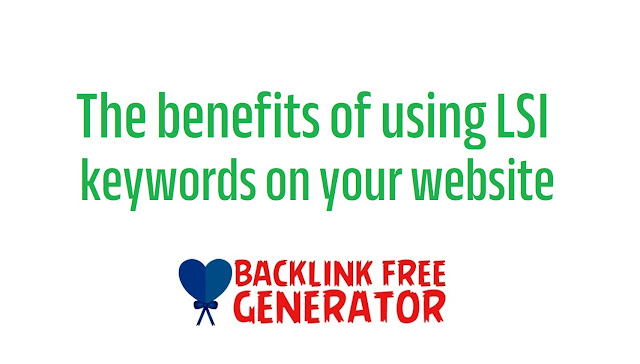
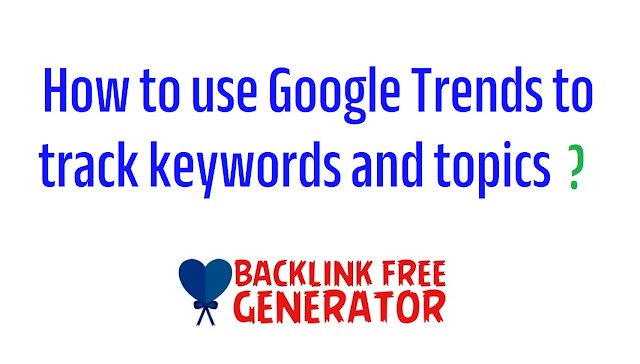

.jpg)
